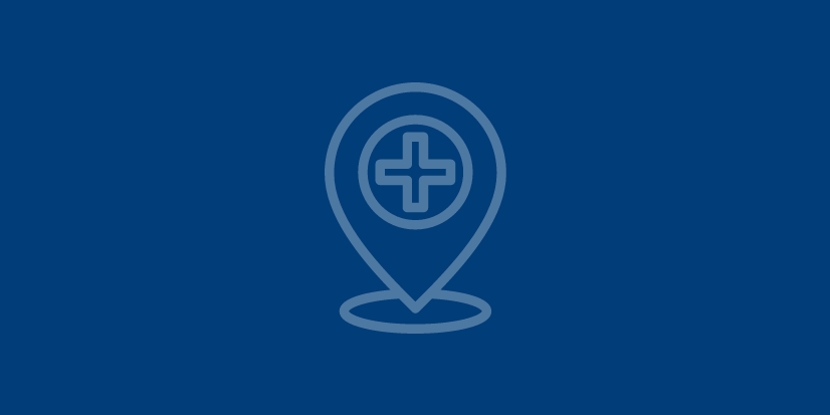Spinal Surgery FAQ
Answers to Frequent Questions About Neck & Back Pain
What is causing the pain?
There is not always a straight forward answer. The spine is a complex network of bones, joints, ligaments, tendons, discs, nerves and muscles. Neck and back pain can stem from several of these structures. Taking a history and performing a physical exam help determine what is hurting. Imaging and lab work can be helpful.
Will an MRI tell me what is wrong?
MRIs are sometimes helpful, but don’t always pinpoint what is hurting. In several studies done on patients with NO spine pain, MRIs show extensive spine degeneration. So, just because there is a “disc bulge” seen on an MRI, this does not mean the bulge is painful. The MRI findings need to match the physical exam and complaints of the patient.
Is there a “fix” for neck or back pain?
Interestingly, most spine pain will resolve with time alone. But most pain will return if not treated correctly. There are several treatments for spine pain, which may include the following:
- Physical therapy: Spine pain is usually a result of poor posture or improper body movements. Correcting posture and body movements will help treat flares of pain and PREVENT future episodes. Strengthening core musculature will support the spine.
- Medications: There are several classes of medication that may be helpful. With some exceptions, narcotics are generally not indicated or prescribed, as risks of narcotic pain medications often outweigh the benefits.
- Injections: This usually involves a steroid injection into a joint, tendon, or epidural space around a nerve. Relief is often temporary and provides a therapeutic window for you to participate in physical therapy or home exercise program.
- Home exercise program: Studies have again and again shown numerous benefits for exercise. If exercise hurts, we need to determine which exercise won’t aggravate your pain and focus on those. This may include low impact exercises such as stationary biking or swim therapy.
-
Diet and weight loss: Less weight on the spine and other joints means less pain. Studies show
that diet is more important than exercise if you are trying to lose weight.
Surgery: The vast majority of spine pain resolves with the above-mentioned treatments. Surgery may be helpful when there is a focal lesion. Because most spine pain involves multiple structures, surgery is often not indicated.

